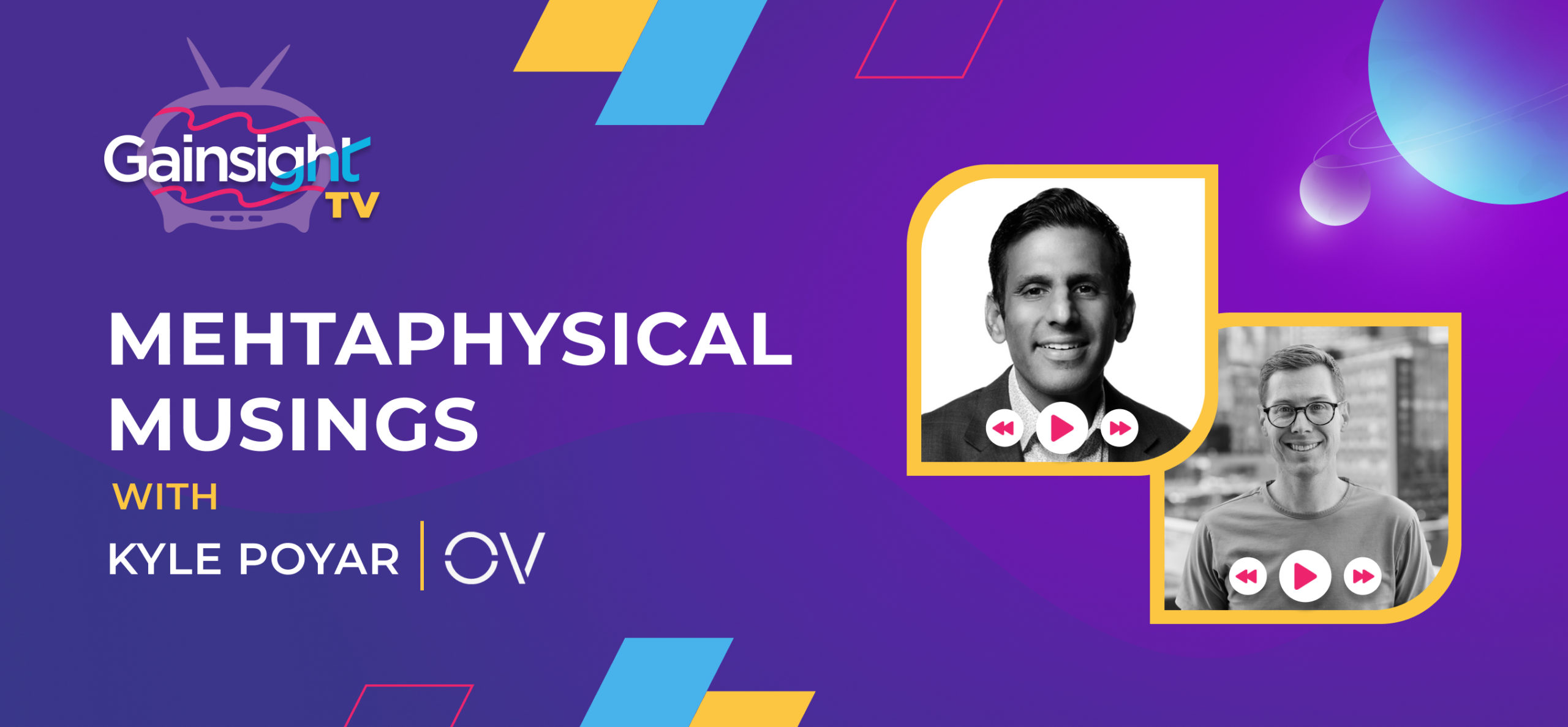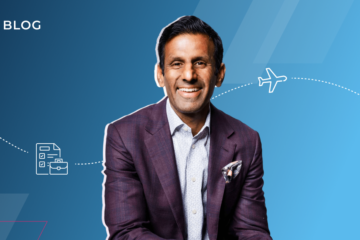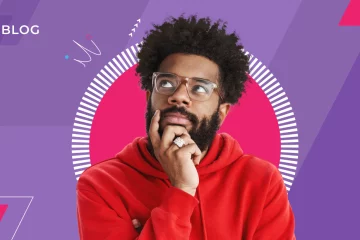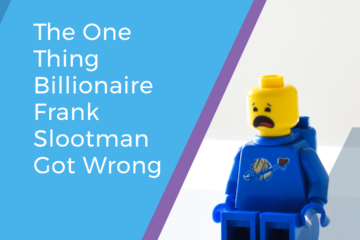
As companies consider the chaos in the market and plan their strategies for the second half of the year, Product-led growth (PLG) is (or should be!) top of mind for many SaaS executives.
In fact, we learned from the Product-Led Growth Index 2022 that almost half of SaaS companies plan to double their investment in PLG strategies.
On the most recent episode of Mehtaphysical Musings, I caught up with Kyle Poyar, Operating Partner at OpenView Ventures and one of the leading authorities on all things PLG. We discussed the role of PLG in driving efficient growth, how Community-Led growth is an extension of PLG, the key PLG metrics to track, and the delicious recipes in Jerusalem!
Watch the entire episode or read my key takeaways below:
Here are the most important takeaways I gleaned from our conversation:
Efficient growth is cool again…just like the ’80s!
It wasn’t that long ago that everything was about growth at all costs. But with the recent market upheaval, valuations have come down a lot for public and probably private companies as well. As a result, efficiency is the new mantra!
Kyle explained that in order to get efficient, businesses are trying to protect their core i.e. make sure that they’re retaining their existing customers in addition to focusing on their core product initiatives and investments. They’re doubling down on “anything that helps folks drive more retention, get better visibility into churn and their existing customer base, or anything that’s around scaling an initiative that’s already been proven.” However, Kyle warned that anything that is “experimental, unproven or takes a long time to see results” will be on the chopping block when it comes to company spending.
Product-led growth and community-led growth go together
Software’s core infrastructure is now essential to most businesses, and it lays a huge responsibility on every team that enables end-user adoption. “End users are increasingly the king-makers. They adopt products that help improve their productivity or improve their workflow. They share those with folks inside their organizations and then ultimately tell their boss what to buy.”
As a result, companies need to increasingly build open products. So instead of products being “walled gardens where everything is self-contained, they need to connect with all of the other products in a company’s workflow to experience value.” The concepts of openness built into a user’s workflow and connecting with other systems are critical for this new era of PLG. The rise of low code and no code means that even non-technical users now have the power to adapt software and to how they need to use it turning “everyday users into software developers and creators.”
“They feel a lot more affinity for the brands and the products that they love, and they go to bat for those products. They’re active in communities, they evangelize these products because they feel an attachment and a personal connection to the products. They’ll also bring the products they love, and the tools they’ve built, from job to job, company to company. And so this rise of community-led growth is just so ingrained with PLG at this point that it’s a natural extension of building for that end user.”
PLG is key to land-and-expand motions
A part of PLG is a land-and-expand motion where you usually start small, maybe even by converting an individual user or one team. Perhaps, if you have a usage-based pricing model, you just convert someone to a pay-as-you-go plan, and then you see that usage increase over time. “You can get use case expansion, seed expansion, just more and more adoption over time,” Kyle said. “And that’s a huge signal for me around product-led growth. Obviously, customer success teams and other teams play a role in facilitating NDR as well. But, I think the product is core.”
It’s important to identify leading indicators that folks have been successful (or not) with the product and are going to stay with you (or not!). For example, if someone hasn’t used your product for the last month, they’ve probably already decided to churn. On the other hand, if someone has done X, Y, and Z other action, you have a 95% chance of retaining them. It’s important to understand the leading indicators that predict customer health and be able to identify where customers are along that journey.
Activation is a key PLG metric
According to Kyle, activation is the leading indicator metric that everyone should have a close eye on. He believes that activation signals you’ve delivered on the promise of your product. You solved the pain that attracted someone to your product in the first place. “It’s the core metric that growth teams and product teams should be able to move the needle on through the product experience.” But marketing and everyone else in the organization should be tracking it too.
“When I look at many organizations, marketing’s responsible for signups, but they could spend a ton of money on sign-ups that end up being bots or not doing anything in the product. I’d much rather have the marketing team look at activated signups or how many folks they brought in who actually did something where they saw value in the product and activation is so correlated with future outcomes like conversions, revenue, retention rates.”
Acquisition sources are also important. “Part of PLG’s promise is that you’re able to open up the product for a lot more people to try, experience value, and then you try to sell them, convert them to a paid customer but you kind of have to open up the floodgates and bring in a lot of interest, a lot of sign-ups for your product.”
At Gainsight, we’re big believers in the need to connect your customer success, net retention efforts, your product experience, and your customer community together. When interconnected, these different growth strategies lead to long-term durable growth.







